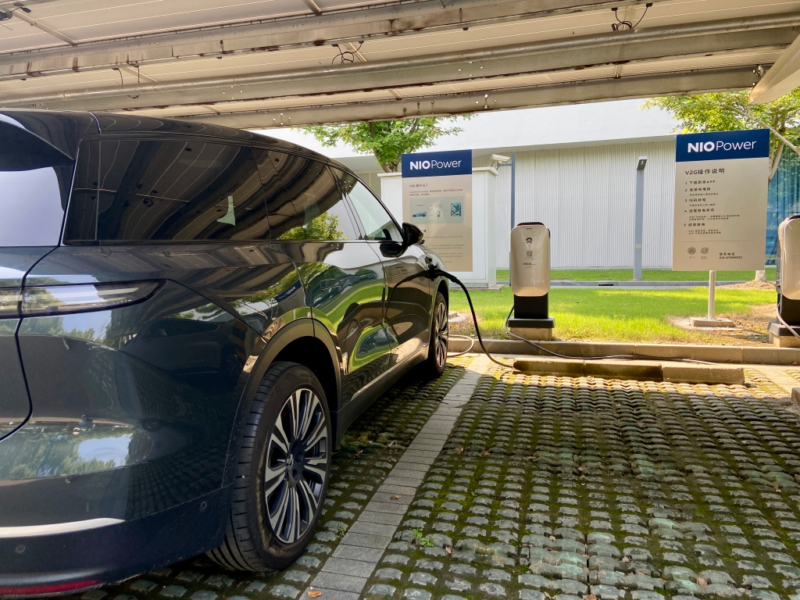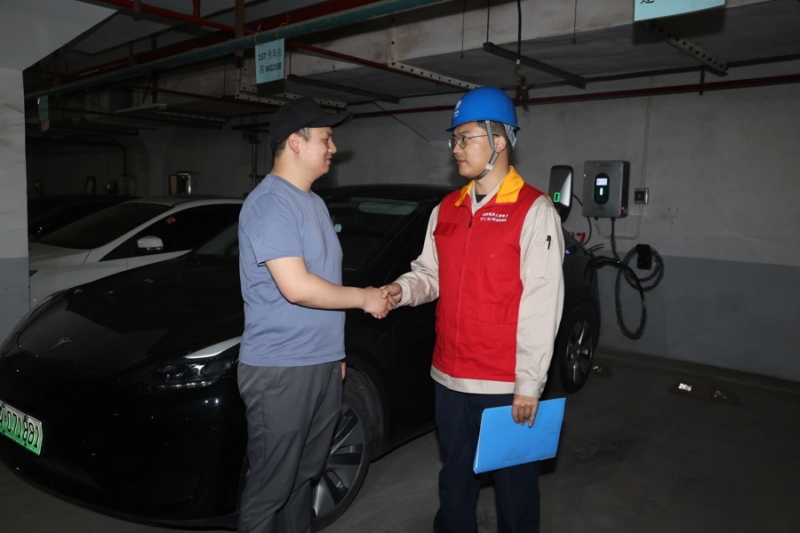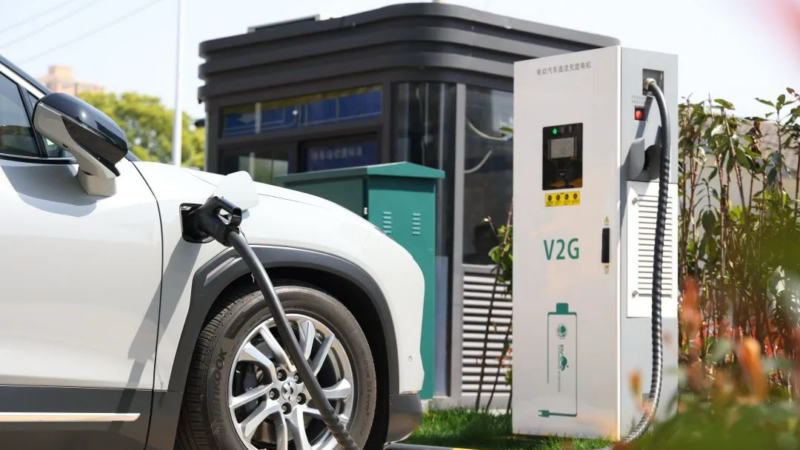How Chinese EV owners are profiting from powering the grid with V2G
Electric vehicles (EVs) are increasingly being viewed not just as a mode of transport, but as potential financial assets, thanks to the burgeoning Vehicle-to-Grid (V2G) technology. This innovative system allows EVs to act as “mobile power banks,” discharging electricity back into the grid during peak demand, thereby supporting grid stability and offering financial benefits to car owners. However, widespread adoption hinges on addressing key concerns, particularly regarding battery longevity.
A recent survey by The Paper Institute from May 26-28, 2025, explored a pilot V2G charging and battery swap station project. Researchers engaged with automotive companies, battery manufacturers, and EV owners to understand the current landscape and future potential of V2G. The findings highlight that educating the public about V2G and ensuring owner benefits while alleviating battery life concerns are paramount for its successful implementation.

Monetary gains through peak-valley electricity pricing
One of the most compelling incentives for EV owners to embrace V2G is the opportunity to profit from peak-valley electricity price differences. Nio, a prominent EV manufacturer, is participating in a V2G pilot project in Shanghai, which includes residential and park charging piles and bidirectional battery swap stations.
On May 26, 2025, a Nio vehicle was observed discharging electricity at the V2G pilot site. Established in early 2024, this site features six V2G-enabled Nio charging piles. Xiang Chen, Nio’s Head of V2G, explained that site operators incentivise owners to discharge stored energy during peak electricity price hours, benefiting both the grid by reducing peak load and the office park by lowering electricity costs.
Xia Yu, a 36-year-old automotive engineer and Nio owner, has been actively using V2G since late 2022. He charges his EV at home during off-peak hours and then discharges it at the office park’s V2G station during peak hours. Xia Yu calculates that he earns approximately 500 yuan (70 USD) per month by leveraging the price difference, having discharged a cumulative 15,610 kWh.
Similarly, Wang Wenjun, a 32-year-old Avatr EV owner, recently upgraded his private charging pile to a bidirectional meter, becoming the first user in Shanghai to complete the State Grid’s bidirectional meter connection. On May 14, 2025, his EV supplied 0.43 kWh to the grid for testing. He anticipates that future earnings from V2G will further reduce his vehicle operating costs.

Addressing battery life concerns
While the financial benefits are clear, EV owners’ primary concern remains the potential impact of frequent charging and discharging on battery lifespan. Xia Yu noted that while he recommends V2G to others, older generations struggle to grasp the concept, and many peers worry about battery degradation.
Several strategies are being explored to mitigate these concerns:
- Battery-as-a-Service (BaaS) and battery swapping: Nio’s battery swap model, where batteries are leased and come with a lifetime warranty, significantly alleviates owner concerns about battery quality and degradation, encouraging V2G participation. Nio has already established three bidirectional battery swap stations in Shanghai this year. These stations can directly regulate charging and discharging power and incentivise owners to perform reverse discharging through reward points.
- Enhanced understanding of battery technology: Xia Yu, despite benefiting from Nio’s swap model, has considered scenarios for non-swappable EVs. He estimates that his V2G usage, discharging 15,610 kWh, equates to roughly 300 battery cycles over five to six years. Wang Wenjun emphasized that battery type is crucial, stating that ternary lithium batteries can typically last the vehicle’s lifetime. A representative from an automotive battery company noted that while battery safety and lifespan are essential, over-guaranteeing battery life might be counterproductive, as batteries should be utilised to their full potential. Ternary lithium batteries have a cycle life of 1,100 to 1,500 times, while lithium iron phosphate batteries can exceed 3,500 cycles, with potential for even longer lifespans through formula improvements.
- Vehicle replacement frequency: The increasing frequency of vehicle replacement also reduces battery life concerns. Wang Wenjun observed that cars are now often replaced every three to four years, similar to mobile phones. Mr. Song, an EV owner with two electric vehicles, participates in V2G and is not overly concerned about battery life, given his anticipated three to four-year replacement cycle. He noted that owners who keep their cars for 8-10 years are more likely to worry about battery longevity.
From pilot to widespread adoption: a user-centric approach
Public awareness of V2G’s reverse discharge function is still developing. The surveyed EV owners, who already strongly understand related fields, were more receptive to V2G. For instance, Xia Yu, an automotive engineer, had prior experience with solar power in the US, and Wang Wenjun, a private residence designer, frequently works with solar installations and has even used his EV to temporarily power his rural home.

Policies must balance owner benefits with battery longevity concerns to encourage broader participation, using market mechanisms to drive engagement. In the long term, V2G aims to unlock the value of EVs as “mobile energy storage.” Xiang Chen expressed optimism that Shanghai’s future policies and mechanisms will pave the way for a faster and more optimal commercial breakthrough for V2G, allowing every charge and discharge to contribute to energy value distribution. He concluded, “At that point, electric vehicles will likely become a financial product.”



